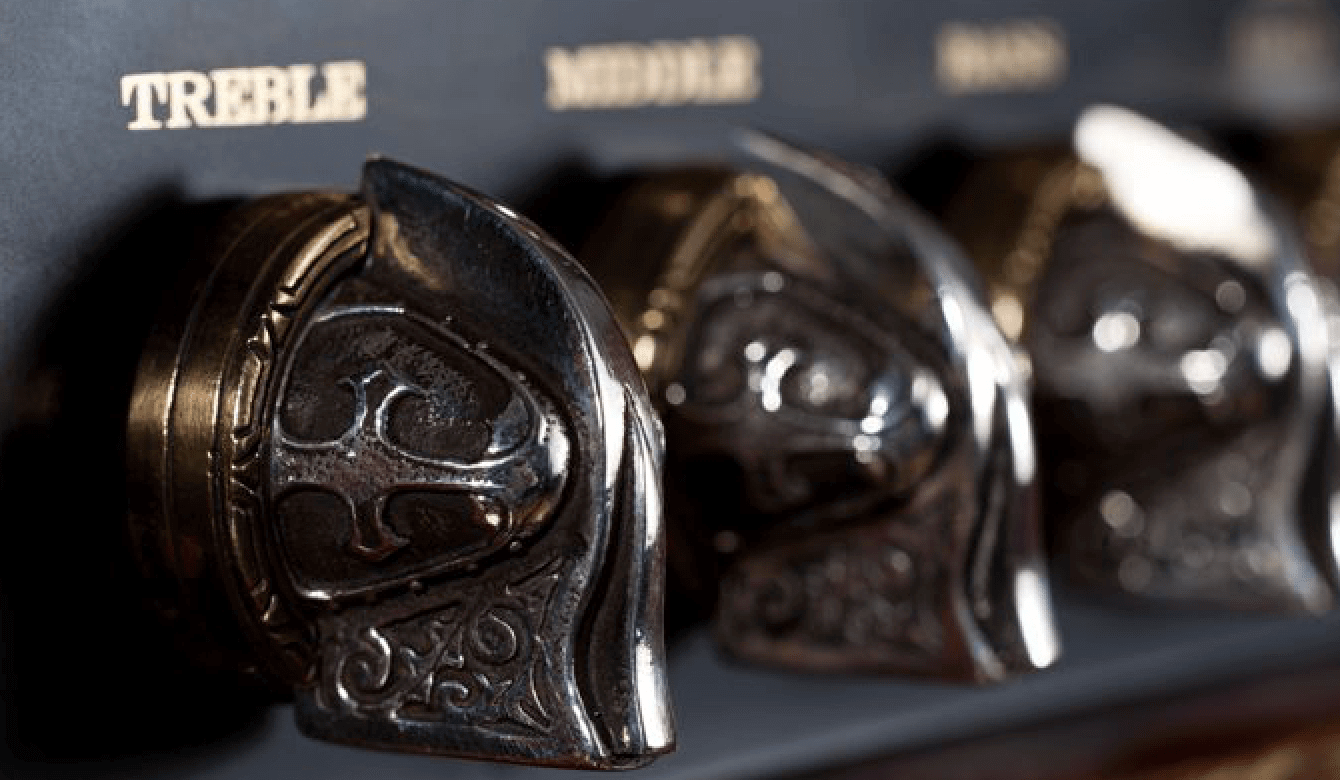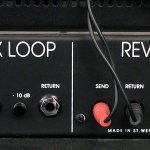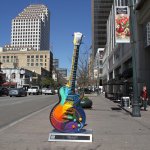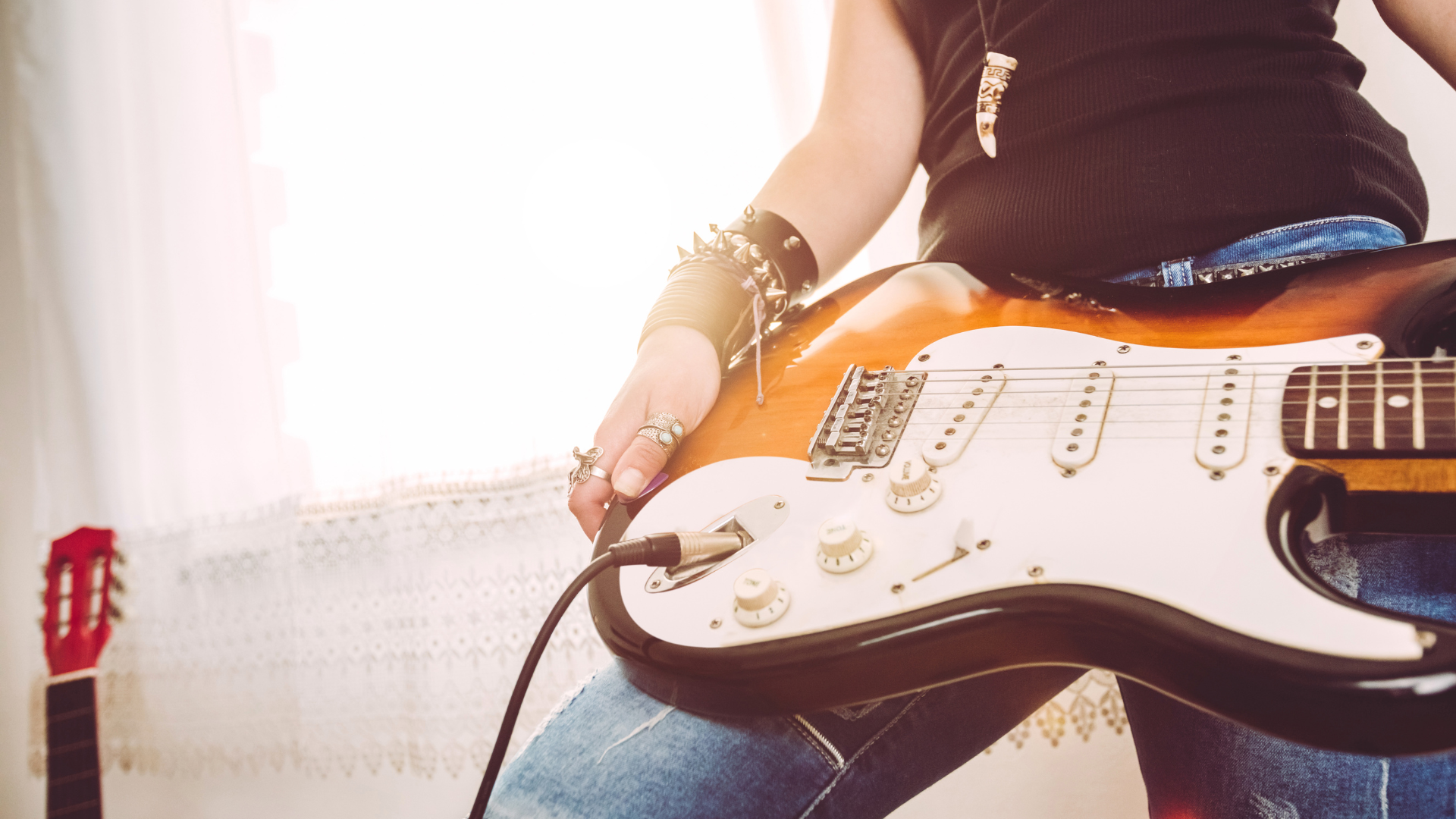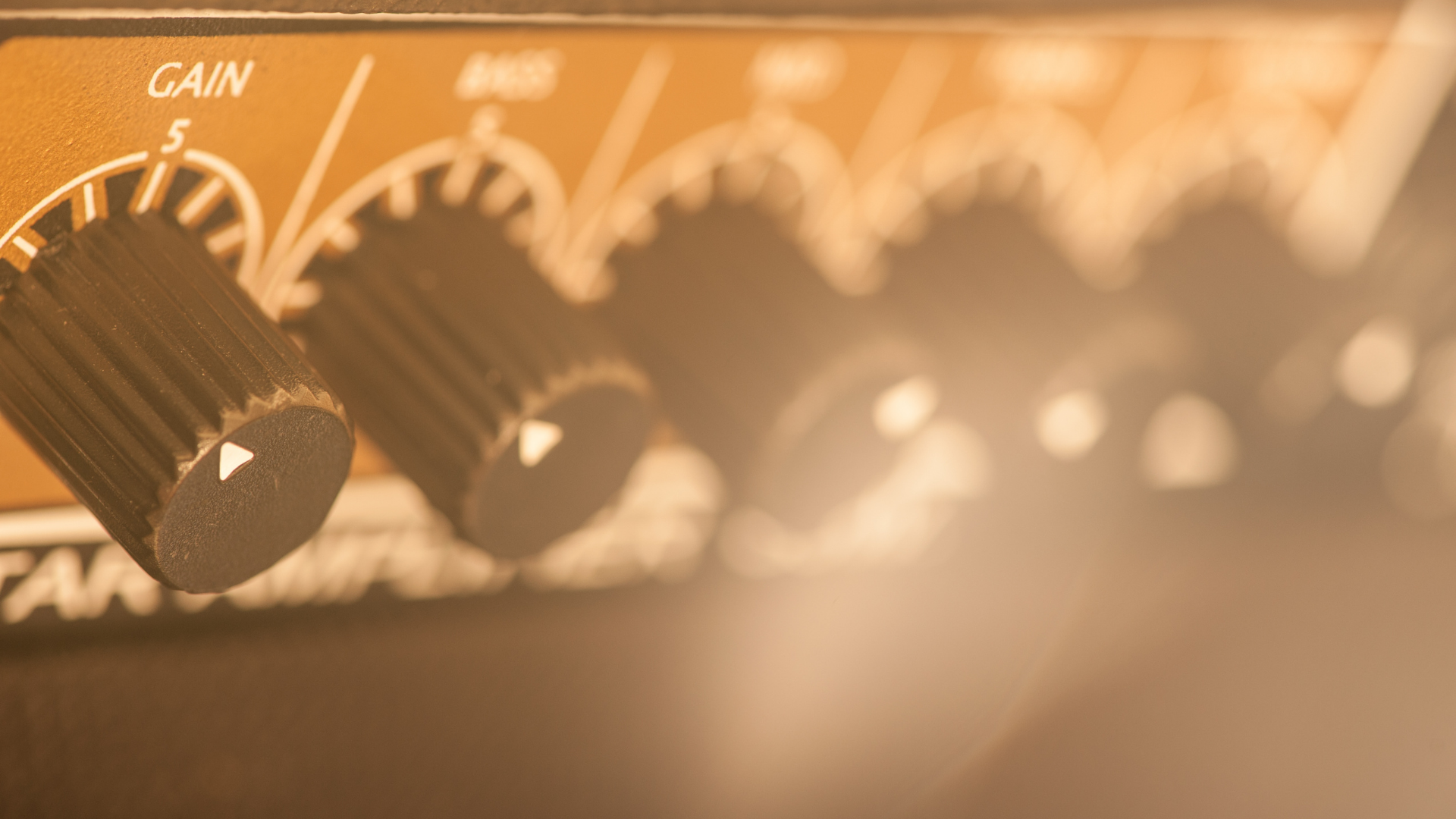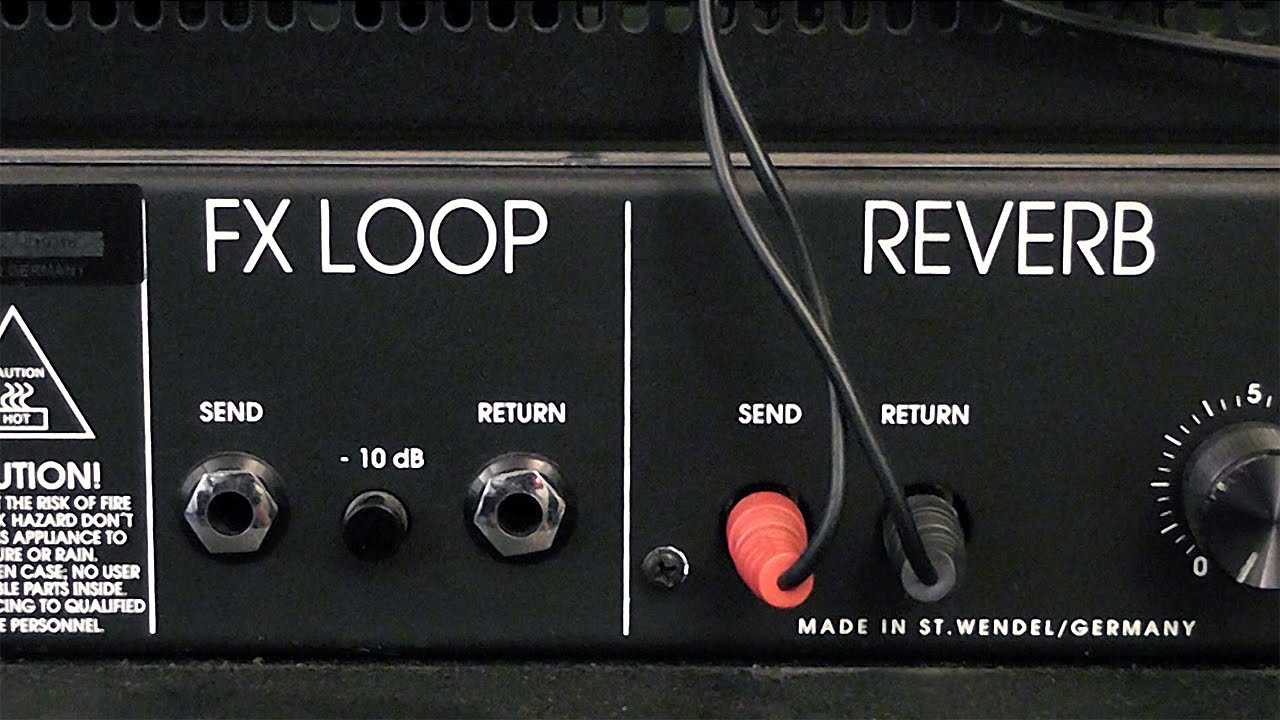Guitar amp guide: Contour, resonance, presence and other guitar amp knobs
Guitar amplifiers, pedals, processors and digital solutions like amp sim plugins and mobile applications are mainly used to generate guitar effects for guitarists to reach their desired sound. Almost all of them speak the same language when it comes to settings and knobs.
Even though you get your hands on the best guitar amp or the best bass amp in the world, getting your desired guitar sound could be an issue if you don’t know how to utilize its functions.
There are popular and widely known amp knobs that help guitar players to dial their desired guitar sound, such as Treble (high), Bass (low), Middle (mid), Gain, Reverb, Delay, Overdrive, Crunch, Distortion, etc. But there are also some buttons which are not quite as popular and understood, such as contour, resonance, presence, bright, damp, mix, ultra-hi / ultra-lo, high cut (hi-cut), low cut (lo-cut), and different input channels with different settings.
What do contour and resonance effects knobs on a guitar amplifier do?
This guide is here for you to learn each one of them in the simplest and fastest way. You can get basic information here, but the most convenient way to learn what they do is to experiment with them all using guitar amp sim and effects plug-ins.
Contour:
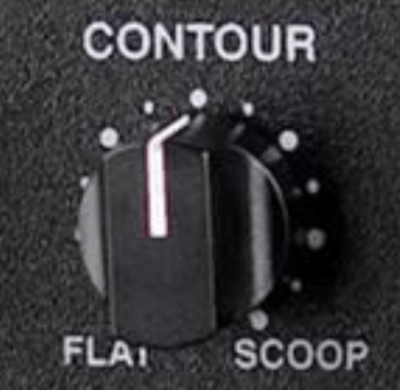
“The higher the contour, the lower your mid frequencies.”
This is the simplest way to understand what amp contour. The contour makes your mid frequencies more scooped and it’s often called “a low budget EQ”, which does a great job as a single knob that can help you reach the “Smile EQ”.
Resonance knob:
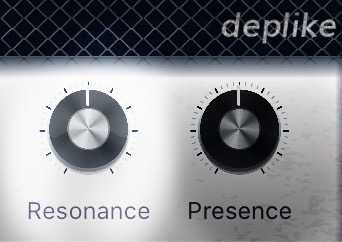
“Imagine your speakers are shaking and resonating because of the bass frequencies.”
This is an easy way to remember the resonance. Of course, it doesn’t actually shake your speakers, you have the bass knob for it. But the resonance knob kinda gives that feeling from the low end. Resonance makes your distorted guitar CHUG.
Well then, what does the presence effect knob on a guitar amplifier do?
Presence:

“Your sound gets more present and you get closer to the speaker, but the volume is stable.”
The presence knob on amp boosts your upper treble frequencies. What resonance is for the low-end, is the guitar amp presence knob for the high-end. If you want a low-focus guitar, you turn the presence down. If you want your guitar to be the main focus of a song, turn it up; but too much presence means too much treble.
Bright:
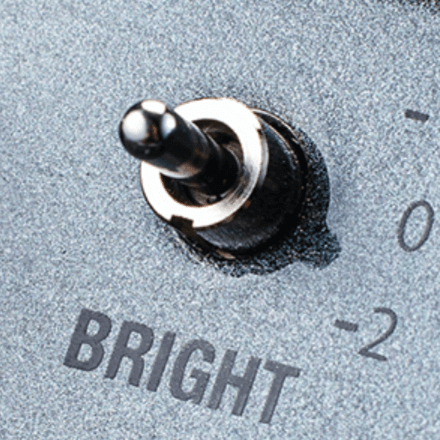
“The bright switch left its throne to the presence. It ads treble to the mid and bass frequencies.”
The bright switch’s circuit works pretty similarly to the presence knob but as it is a switch, it doesn’t let us fine-tune its amount. It’s as simple as it sounds, it makes your tone brighter, more present and more treble.
Damp:
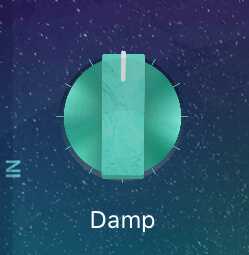
“The more the damp, the less the effect.”
This is another shallow information, the damp knob is generally seen on reverb, delay, compressor, and noise gate pedals. It damps the high end of your wet signal so makes the effect less noticeable and darker. For example, if you turn up the damp too much on a reverb pedal, only the strongest sounds will be noticeable, so your gentle notes won’t have serious reverb but strong plucks will punch the reverb effect.
Mix (a.k.a. Blend):
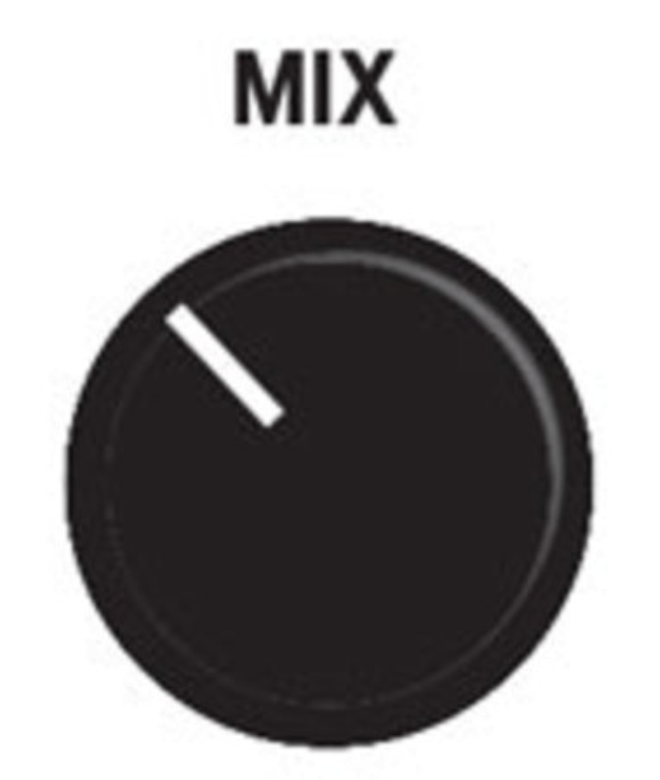
“It blends the dry signal with the wet signal.”
The dry signal means your sound before the effect, the wet signal means your sound after the effect. If you max the mix knob, all you are gonna hear is the effect. If you turn the mix off, you will hear your clean guitar sound. The mix knob is here for you to literally mix your signals before and after the effect. It’s generally seen on reverb, delay and modulation pedals like phaser, chorus, and tremolo.
Ultra-Hi / Ultra-Lo:
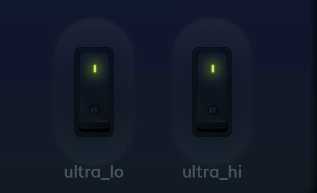
“They massively boost your treble or bass frequencies.”
The Ultra-High and Ultra-Low switches are mostly seen on Bass Guitar Amplifiers. They can give more than 10dB gain on your High or Low frequencies. The ultra-hi gives a boost to treble frequencies in the high end while the ultra-lo boosts the bass frequencies in the low end.
High Cut, Low Cut:
“They limit the highest and the lowest frequencies of your output.”
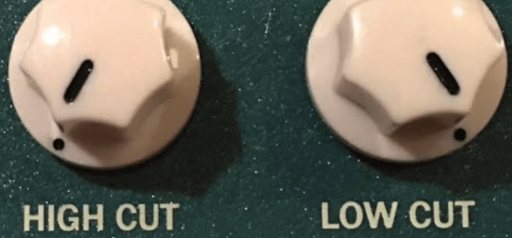
Also known as hi-cut and lo-cut, these rarely seen knobs are more popular on DAWs (digital audio workstations; e.g. Logic, Cubase, Ableton, etc.) and amp sim plug-ins, but some guitar amplifiers and pedals also offer one or both of them. The high cut simply cuts your signal above a certain frequency. It works very well, especially if you would like to eliminate pick scratches or sliding sounds. The low cut simply cuts out some sub-frequencies you wouldn’t like to hear.
Stand-by, different input slots, bypass and all that:
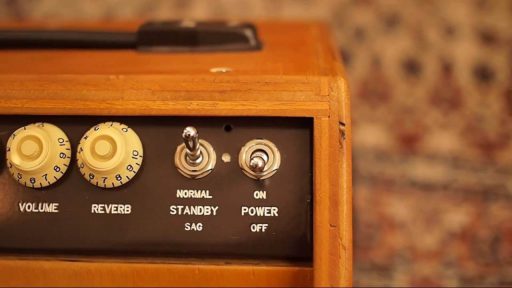
- The standby switch is generally seen on tube amplifiers, they mute the amp’s output completely but it keeps the amp running. The reason for this is to protect the tubes (valves) while silencing the guitar or bass amp.
- The bypass button on any effect makes the stack forward the input signal straight to the output, without any effect or coloring, like the pedal never existed (you may have a little signal loss, though).
- Some amplifiers have different preamps, different tone stacks and different levels on different channels so they may have different input jack slots.
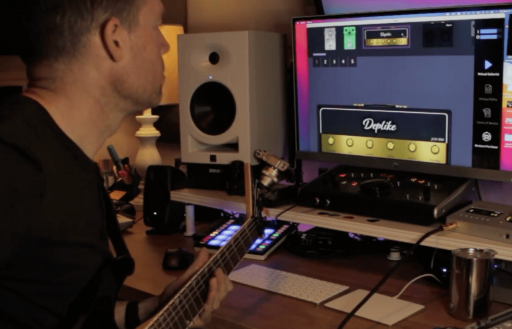
“Experimenting is the key!”
What is the most convenient way to be able to experiment with all these parameters? Well, you can enhance your guitar tone journey with a guitar effects and amp sim software that supports all mobile and desktop platforms. Try Deplike Guitar FX for free on your Windows, macOS, Android and iOS devices.

